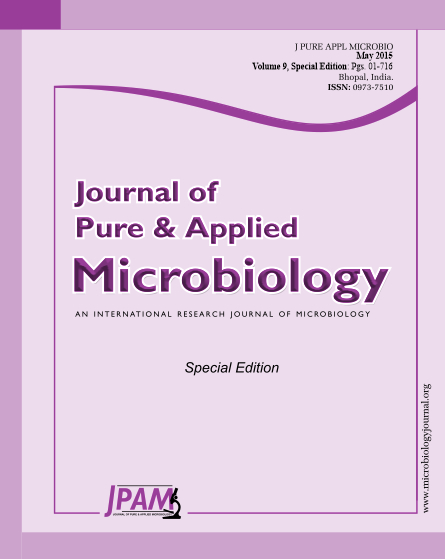To optimize and investigate conditions using different carbon sources for the production of polyhydroxyalkanoates (PHA). Total of 30 bacterial strains were isolated from environmental samples and screened for bioplastic production using Nile blue dye in agar plates and Sudan black B staining. Four strains were selected and biochemically characterized after which ribotyping was done and were selected for accumulation experiments with two different carbon sources; glucose and papermill wastewater. Wastewater was analysed for different nutrients in it. Pseudomonas was selected for fermentation done in a fermentor (BioEngineering 5L fermentor). PHA extraction was done by sodium hypochlorite method and extracted PHA was analyzed by gas chromatography-mass spectrometry. Genomic DNA was isolated to amplify phaC gene and amplified products were submitted for sequencing after PCR product purification. The PHA producing strains belong to Pseudomonas, Bacillus and Stenotrophomonas genera. The wastewater contained 19.98 µg/mL of carbohydrates and 0.1315 µg/mL proteins. With glucose as carbon source strain I-2 showed 25% PHA production and I-4 showed 41%. In case of 33.5% wastewater, the PHA production and growth rate were slow in comparison to 50% wastewater and glucose as carbon source. Different waste environmental samples have been used to make the production of bioplastic economically cheap and feasible and the present work concluded that the utilization of wastewater is among one of them.
Polyhydroxyalkanoates, Biodegradable, Ribotyping, Fluorescence, Wastewater
© The Author(s) 2015. Open Access. This article is distributed under the terms of the Creative Commons Attribution 4.0 International License which permits unrestricted use, sharing, distribution, and reproduction in any medium, provided you give appropriate credit to the original author(s) and the source, provide a link to the Creative Commons license, and indicate if changes were made.


